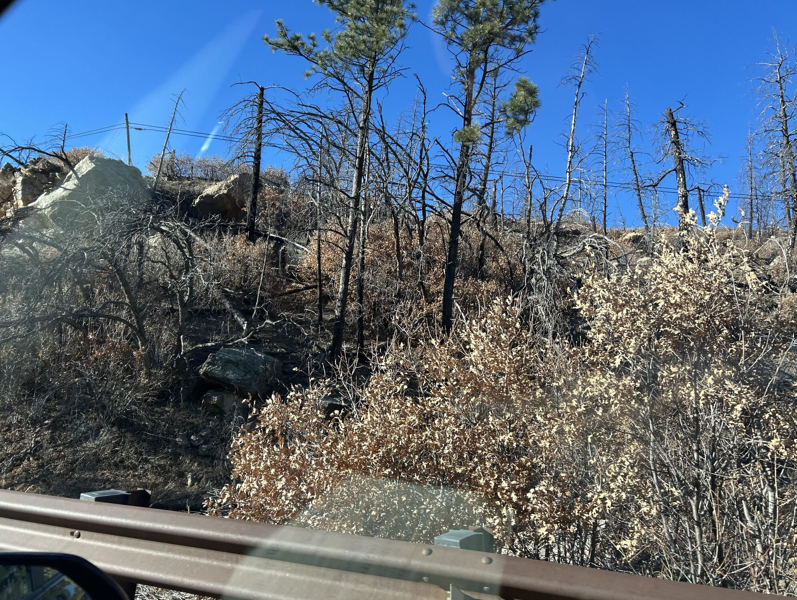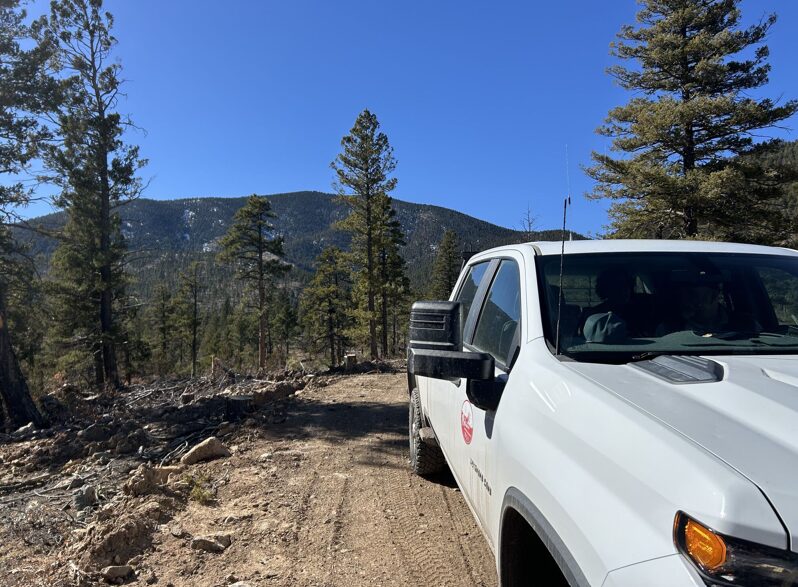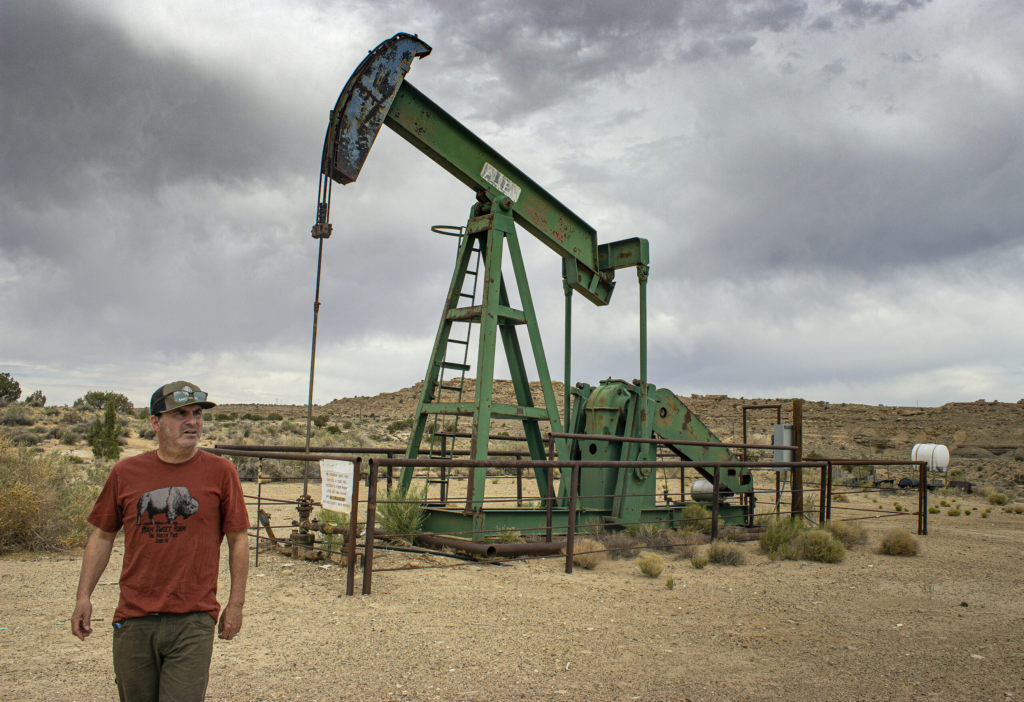We have officially launched Carbogenics USA!
Despite continuous uncertain news, there is certainty that the US is one of the biggest markets for climate solutions and faces significant challenges through the climate crisis. A key focus of Carbogenics USA is addressing the ongoing calamity caused by the devastating wildfires in the USA, with over 4 million acres of damaged/destroyed woodland alone in New Mexico. Working with government, investors, businesses and the local community we’re exploring new ways to turn environmental disaster into significant sustainable economic development.
Our plan? Triage fire-damaged trees and upcycle them into crechar, smart wood, and soil remediation solutions – actively contributing to biogas production, carbon sequestration, forest ecosystem repair and restoration, as well as job creation as part of a wider circular eco-system around the township of Cimarron in north-east New Mexico.
This expansion isn’t just about geography – it’s about scale. We’re currently in the middle of a £4M funding round, and our move into the US is part of a bigger vision to compliment of UK and European expansion and accelerate our impact and bringing new partners, customers and investors along for the journey.

US Investment
Carbogenics has onboarded multiple US investors specifically from New Mexico and has been awarded a $440K Advanced Energy Grant by the Economic Development Department of the New Mexico Government!
This is a major milestone for Carbogenics USA, launched in January 2025 to tackle the enormous challenge of wildfire-damaged biomass across 4 million acres of devastated forest.
We’re so proud to see our vision gaining momentum in the U.S. and are incredibly grateful for the support from our investors and partners.

Carbogenics USA signs MOU with TS-Nano
Carbogenics, a pioneer in carbon upcycling and biochar innovation and TS-Nano, a leader in nano-modified polymer technologies for methane emission mitigation, are pleased to announce the signing of a Memorandum of Understanding (MOU) to formalise their strategic collaboration.
This partnership represents a technology leap toward integrating advanced nanotechnology with sustainable carbon materials to develop next-generation cementing solutions for enhancing wellbore integrity in oil and gas operations, CO₂ sequestration, hydrogen storage, and other advanced energy applications.
Together, Carbogenics and TS-Nano aim to drive impactful innovation at the intersection of energy performance and sustainability.

Why Cimarron New Mexico?
The Village of Cimarron, located in the Sangre de Cristo Mountains of Northeast New Mexico, is uniquely positioned to host an innovation district that integrates a biomass facility, anaerobic digestion, and complementary services to transform liability biomass into valuable products such as biochar, biogas, and green building materials usable locally and sustainably as part of a circular system.

Unique benefits of CreChar®
- Innovative: CreChar® was developed by Carbogenics’ team of experienced scientists, who specialise in translating years of cutting-edge research into innovative and sustainable carbon materials.
- Functional: CreChar® is a game-changer for the anaerobic digestion and wastewater treatment industries. By improving the efficiency of the anaerobic digestion process, it allows operators to maximise biogas production while reducing feedstock costs.
- Sustainable: CreChar® is made from difficult-to-recycle paper waste, secondary biomass and other materials, which would otherwise go to landfills or for incineration. Thereby it helps to build a circular economy and a more sustainable future for everyone.
- Versatile: CreChar® has many applications in industry and agriculture in addition to improving anaerobic digestion and wastewater treatment efficiency. It can be used as a plant fertiliser, for soil amendment and remediation, and for carbon sequestration and storage.

